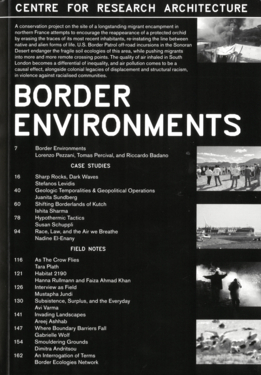As the largest alpine valley in the world, the San Luis Valley is a land of sand dunes, wetlands, and farmland—nearly all of it above 8,000 feet in elevation. It is characterized by an unparalleled range of physical geography, social, cultural, and economic diversity, and extraordinary environmental phenomena—all within a footprint of roughly 150 by 75 miles. Only sparsely covered by historians and geoscientists, the San Luis Valley has been home to mixed Hispanic ancestral villages, Spanish and Anglo settlements, Indigenous territories, and Catholic, Mormon, Amish, Hindu, and Buddhist communities. Today, the vast majority of land is owned by state or federal agencies or is used for agricultural production. Dominated by the presence of the Rio Grande, one of the main rivers in the American Southwest, the San Luis Valley is the headwaters of many lifeways that flow and branch out across the region. This publication summarizes M12 studio’s Landlines Initiative, a multi-year engagement with Colorado’s rural San Luis Valley, which took place from 2018 to 2022.
M12 is a collaborative studio known for art projects that explore public space, rural cultures, and landscapes. Richard Saxton is an artist and University of Colorado professor whose work focuses primarily on rural knowledge and landscape. He is the Founder and Creative Director of M12 Studio. Margo Handwerker is a practitioner with M12 Studio and serves as Chief Curator and Director of the Texas State Galleries at Texas State University. Trent Segura is a practitioner with M12 Studio and independent graphic designer.
←
Landlines San Luis Valley
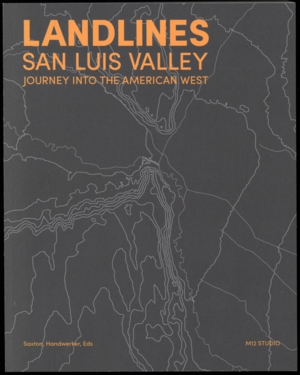
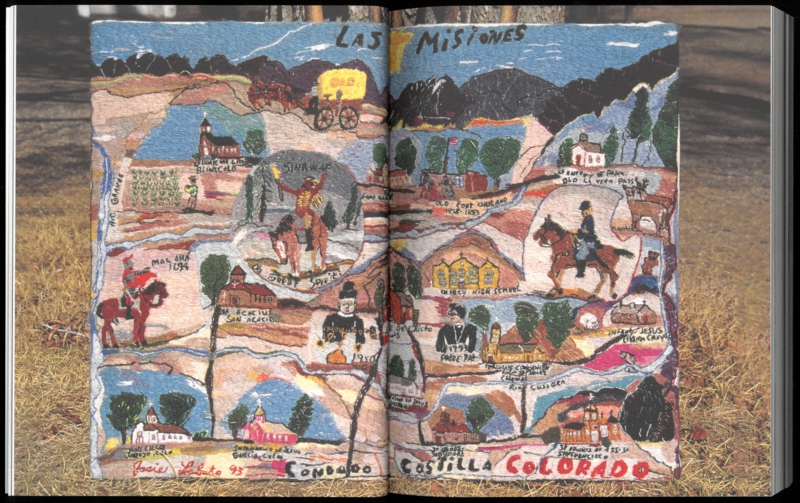
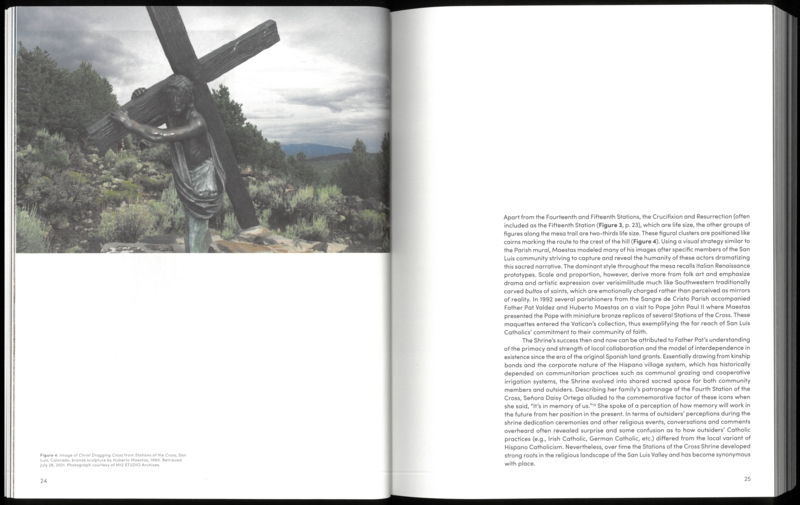
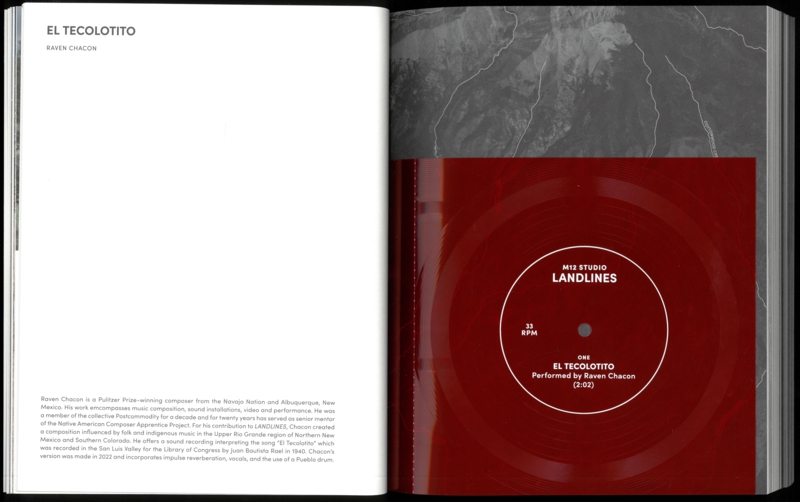
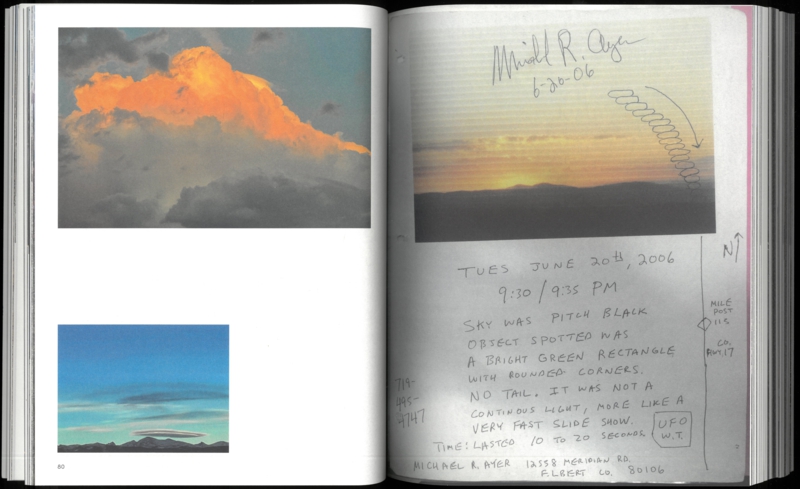
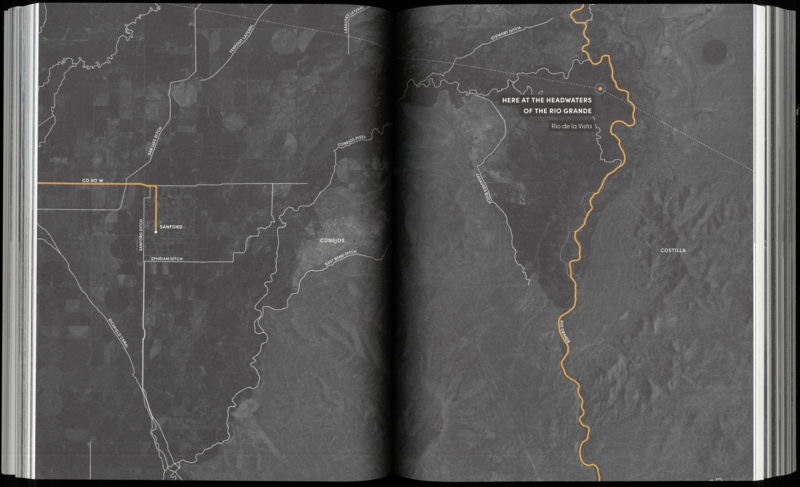
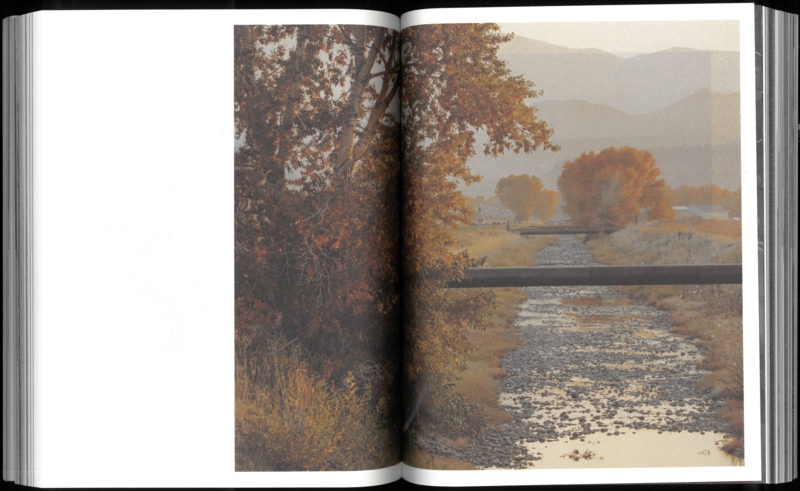
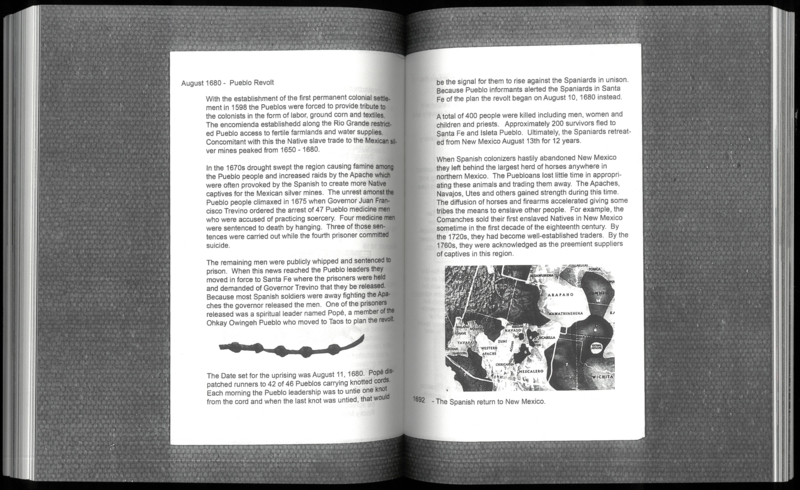

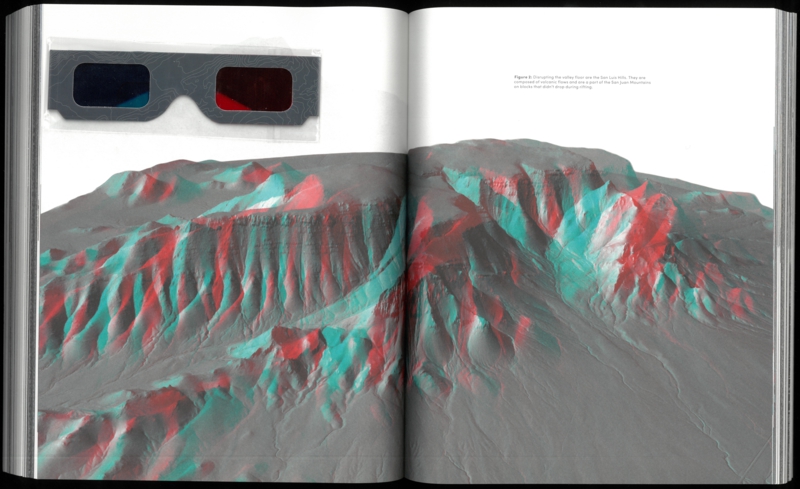
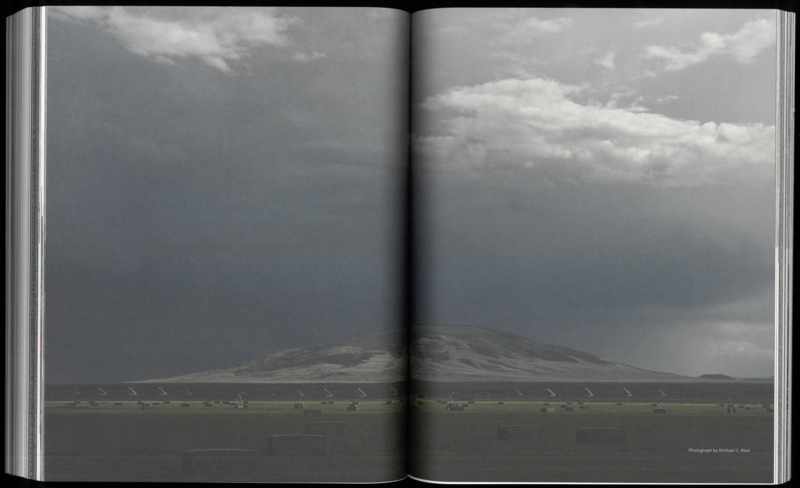
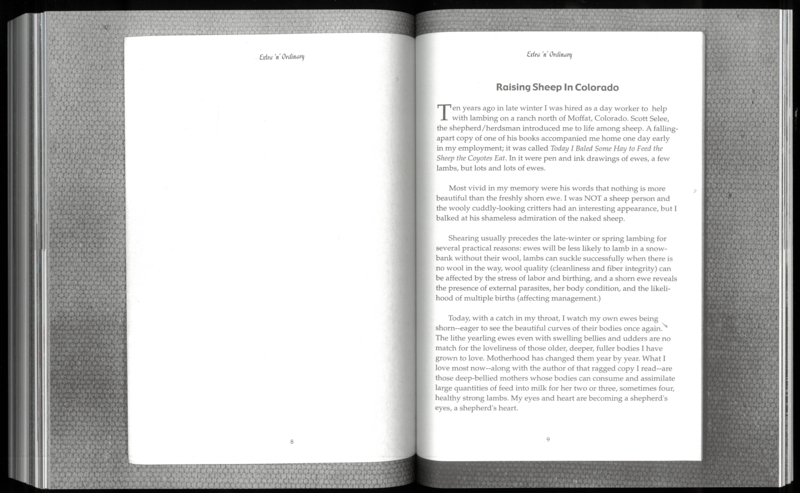
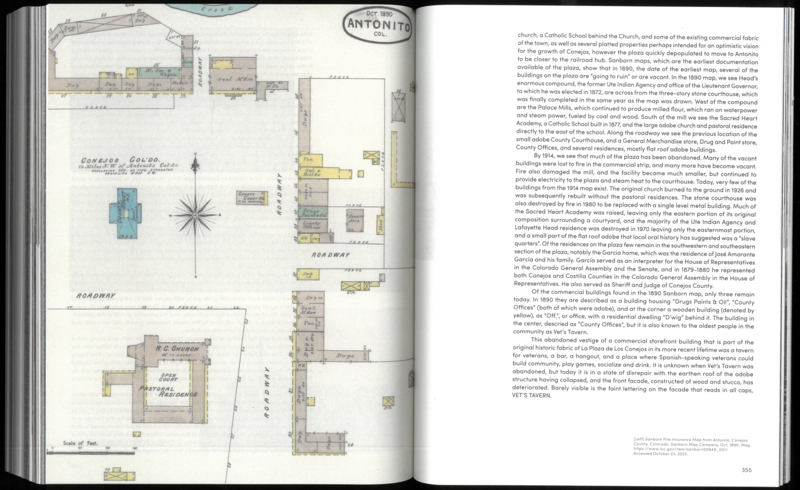
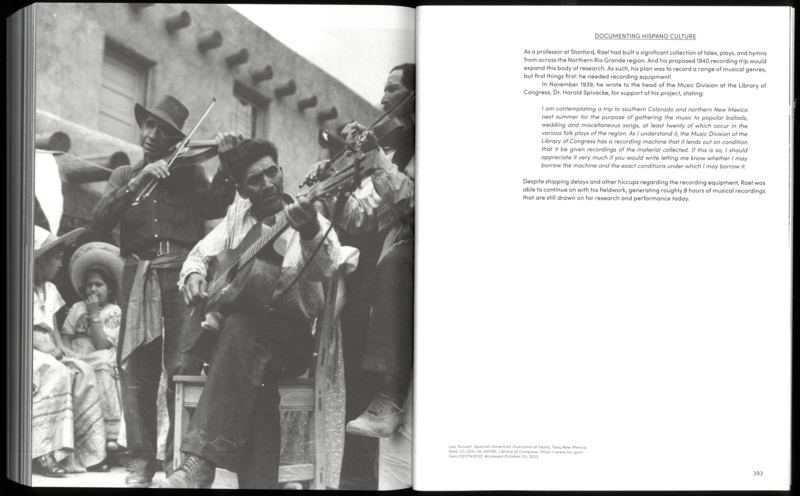
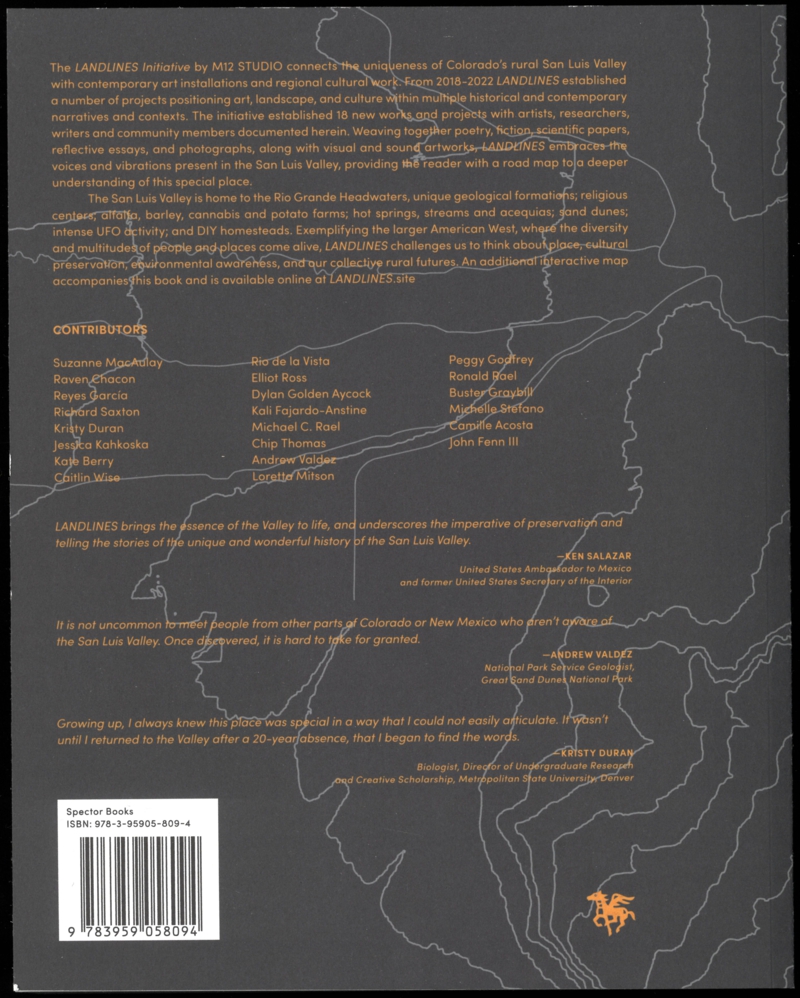
Landlines San Luis Valley
Journey into the American West
Richard Saxton/Margo Handwerker/M12 Studio

398 pp.
numerous color illustrations
with 3 vinyl records and 1 pair of 3D glasses
thread-sewn softcover
Leipzig November, 2024
ISBN: 9783959058094
Width: 20 cm
Length: 25 cm
Language(s): English
Editor
Richard Saxton, Margo Handwerker, M12 Studio
Designer
Trent Segura
















